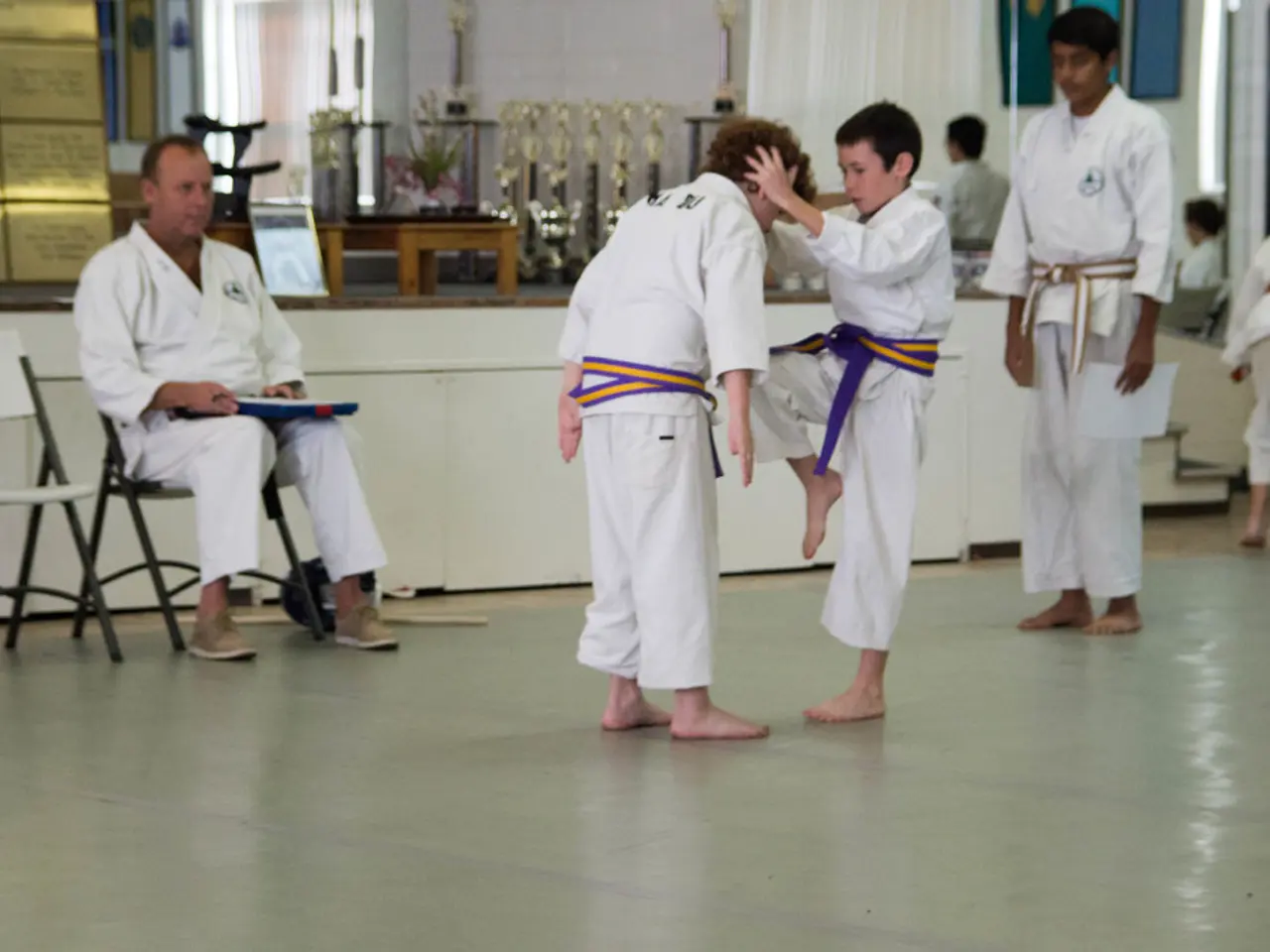Kicking it Old-School: Why Bruce Lee Remains a Martial Arts Phenomenon
Bruce Lee, the legendary martial artist and actor, was born in San Francisco in 1940 during his parents' tour with a Cantonese opera troupe. Despite his birth in the United States, he moved back to Hong Kong as an infant, where he was raised.
Lee's upbringing in Hong Kong during Japanese occupation in World War II exposed him to significant hardships early on. His bicultural exposure—growing up in Hong Kong's Chinese cultural environment while holding American citizenship—shaped his worldview, martial arts philosophy, and career.
Lee started studying kung fu at the age of 15 or 16. His U.S. birth granted him American citizenship, facilitating his eventual return to America as a young adult to pursue acting and martial arts training.
His first foray into the world of Hong Kong cinema was with the movie "The Big Boss." Initially, he wasn't the lead, but the film was a breakout hit, propelling Lee into a new level of fame in Asia. This film was also the first to feature Bruce Lee's unique style of fight choreography.
While there is some speculation about Bruce Lee's Jewish ancestry through his maternal line, this aspect of his heritage has not been widely emphasized as a significant factor in his personal identity or public life, according to available historical accounts.
Lee flew back to Hong Kong to make "cheapo" kung fu movies to earn money. During this time, he also taught kung fu classes to make ends meet while in college in Seattle, USA. He later returned to Hong Kong to star in two more popular kung fu movies, "Fists of Fury" and "The Way of the Dragon."
In Hollywood, Bruce Lee made a significant impact, teaching kung fu to celebrities like Steve McQueen, James Coburn, and Roman Polanski. His demonstration at a karate tournament in Los Angeles led to his first and only role on American television as Kato on "The Green Hornet."
Tragically, Bruce Lee's life was cut short. The official cause of his death was a brain edema caused by an allergic reaction to a pain reliever. His son, Brandon, was also tragically killed while filming "The Crow."
Bruce Lee's legacy continues to inspire. His daughter, Shannon, released a book of his philosophical teachings called "Be Water, My Friend: The Teachings of Bruce Lee." His unique blend of Eastern martial arts with Western cinema and philosophies continues to bridge cultural gaps and influence martial arts and cinema worldwide.
[1] Liew, E. (2004). Bruce Lee: The Man Only I Knew. John Wiley & Sons. [2] Lee, B. (2001). Bruce Lee: Fighting Spirit. Tuttle Publishing.
In his time in both America and Hong Kong, Bruce Lee taught kung fu to celebrities and even showcased his unique fighting style in sports-like settings such as karate tournaments. Despite his fame in Asia through films like "The Big Boss" and "The Way of the Dragon," he also gained recognition in Hollywood after starring in "The Green Hornet." His philosophies, later compiled in a book titled "Be Water, My Friend: The Teachings of Bruce Lee," continue to inspire across various fields, including entertainment and sports.







